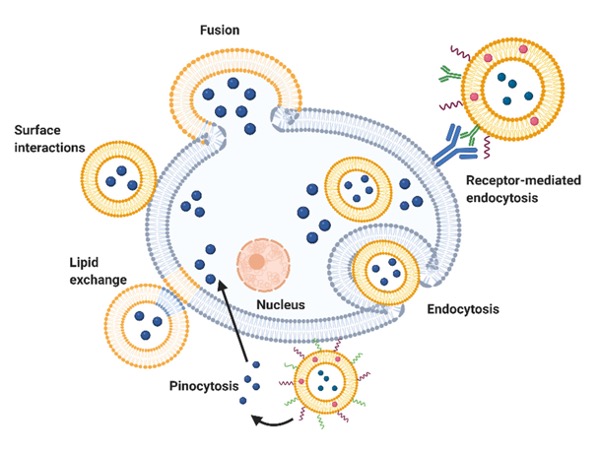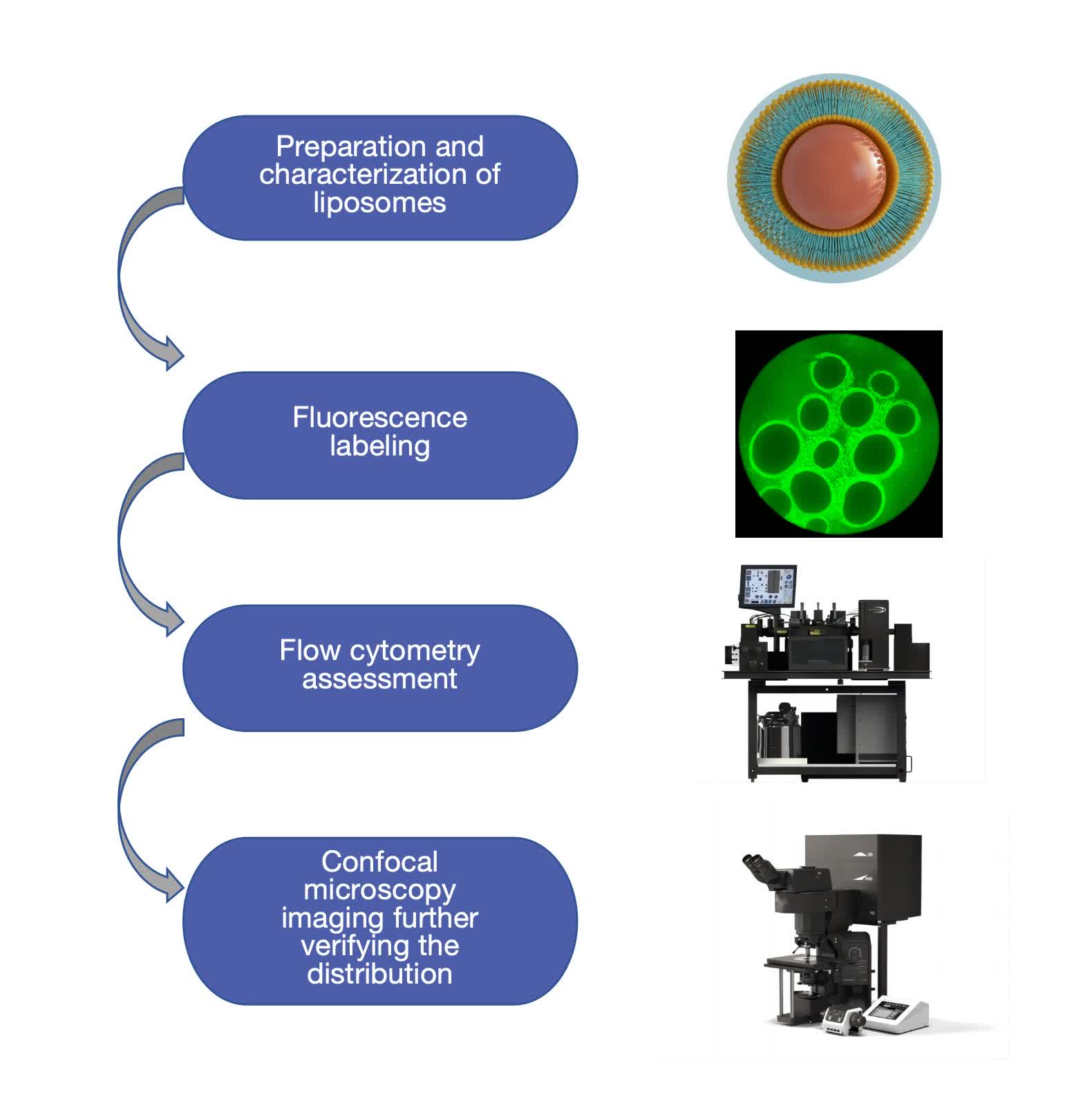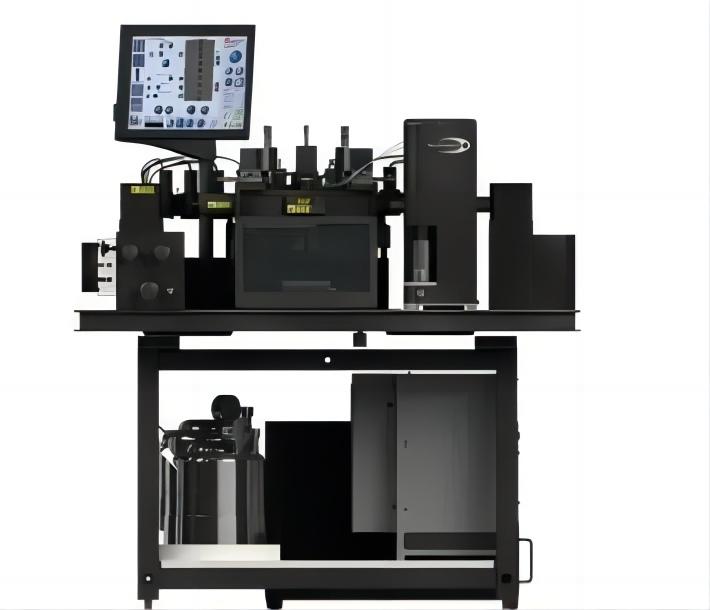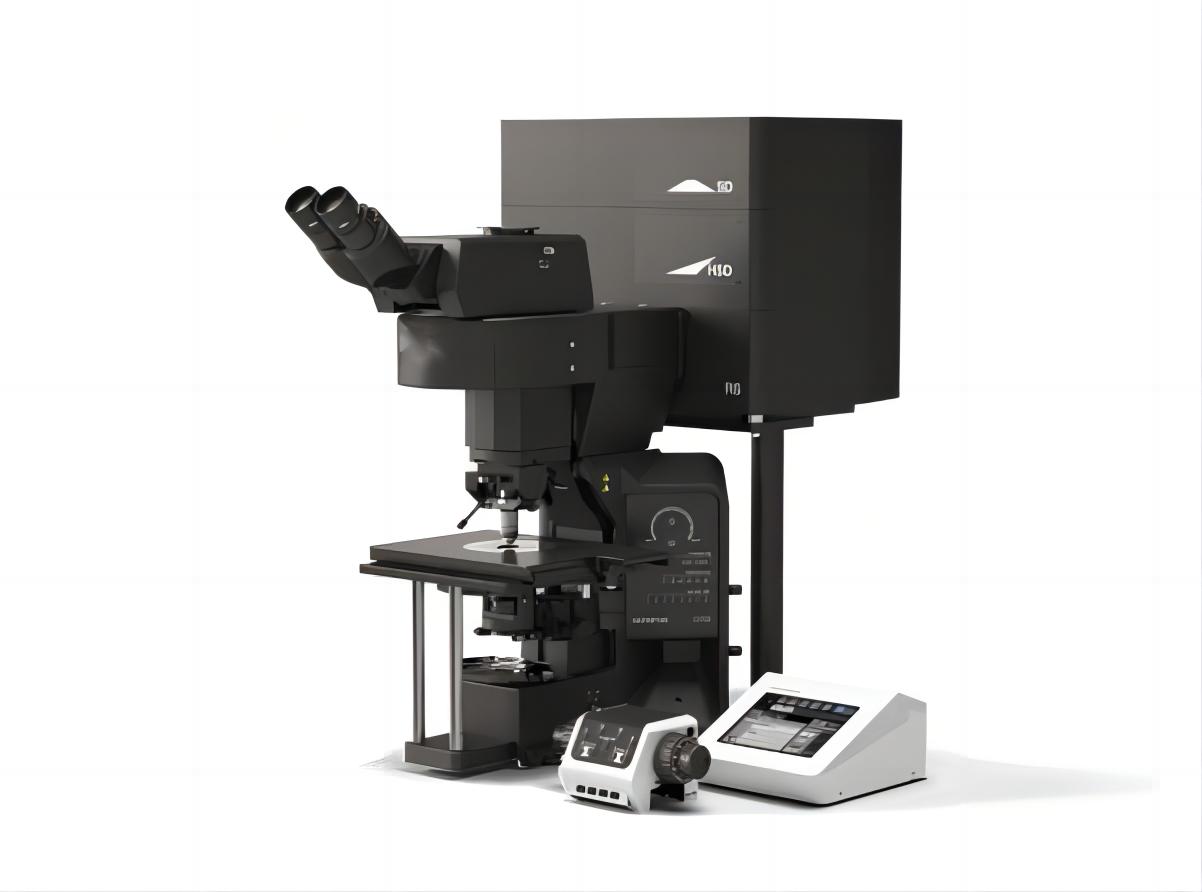Liposome Cellular Uptake Study
Inquiry
The investigation of liposome uptake is directly correlated with the clinical efficacy of liposomal drugs. Simultaneously, elucidating the mechanism of lipid uptake can optimize cellular uptake efficiency and mitigate the phagocytic system's clearance rate of liposomes. CD Formulation has been devoted to advancing liposome technology through state-of-the-art techniques and platforms for numerous years. We have extensively researched the cellular uptake of liposomes, accumulating a wealth of project experience.
Why You Need Liposome Cellular Uptake Study?
The in vivo efficacy and bioavailability of liposomes are closely associated with the cellular uptake pathway. The investigation of cellular uptake is a crucial component in the in vitro assessment of liposomes. Investigating the mechanism underlying the cellular uptake of liposomes can facilitate the exploration of their transport pathways and accumulation sites as carriers within cells, enhance targeting efficiency and cellular uptake rate, reduce clearance rate and off-target effects, thereby optimizing the overall clinical effectiveness of liposomes. Moreover, this study provides valuable references and a foundation for further rational design of liposome formulations.
 Fig. 1 Mechanisms of liposomes uptake into cells. (Gbian DL, et al., 2022)
Fig. 1 Mechanisms of liposomes uptake into cells. (Gbian DL, et al., 2022)
Explore Our Services for Liposome Cellular Uptake Study Service
The process of liposome-cell interaction can be categorized into four distinct stages: adsorption, lipid exchange, endocytosis, and fusion. Notably, endocytosis serves as the primary mechanism underlying the interaction between liposomes and cells. The existence of potential uptake mechanisms independent of different routes of administration should be considered, and this study facilitates the assessment of in vitro efficacy for various targeted liposomes.
At the study center of CD Formulation, we conduct liposome cell uptake assays using live cells to investigate the impact of liposomes on receptor or transporter systems. This service assist clients to precisely locate liposome carriers within cells and quantify the degree of liposome uptake, providing them with insight into potential uptake mechanisms and supporting for optimization of liposome formulations. We utilize primary cells or immortalized cell lines, employing confocal laser scanning microscopy (CLSM) and flow cytometry, particularly fluorescence-activated cell sorting (FACS), to examine the cellular uptake of liposomal drug delivery systems.
Our Workflow of Liposome Cellular Uptake Study
 Fig.2 The workflow of liposome cellular uptake study. (CD Formulation)
Fig.2 The workflow of liposome cellular uptake study. (CD Formulation)
Our Platforms for Liposome Cellular Uptake Study Service
| Technologies & Platforms |
Specifics |
| Fluorescence-activated Cell Sorting (FACS) & Flow Cytometry Techniques |
- Type: MoFlo XDP
- Manufacturer: Beckman Coulter

|
| Confocal Laser Scanning Microscopy (CLSM) Technique |
- Type: FLUOVIEW FV3000
- Manufacturer: Olympus Life Science
 |
Highlights for Liposome Cellular Uptake Study
- Expertise. Supporting liposomes formulations for cellular level analysis via different routes.
- Tailored Solutions. Customized solutions are provided to meet the needs of different customers about liposomal cellular level analysis.
- Efficiency. Our liposomal cellular level analysis is efficiency. The delivery of test results within the specified timeframe is ensured through effective project management and streamlined service processes.
Published Data
Technology: Live cell imaging technology in liposome
Journal: Pharmaceutical Research
IF: 13.09
Published: 2023
Results: In this study, the author investigated the cell association and internalization of liposomes with different surface charges using laser scanning confocal microscopy (LSCM) equipped with a living cell chamber system. Flow cytometry (FACS) was also used for comparison. All cationic, neutral, and anionic liposomes exhibit time-dependent cellular uptake through specific endocytosis pathways. In glioblastoma U87MG cells, cationic and anionic liposomes were absorbed mainly through macropinocytosis, while neutral liposomes were absorbed mainly through foveole-mediated endocytosis. In fibroblast NIH/3T3 cells, all three liposomes enter the cell through clathrin-mediated endocytosis. This study provides a better understanding of the mechanisms of liposome cell uptake, which could contribute significantly to the development of liposome based drug delivery systems.
With extensive project experience and advanced analytical platforms, CD Formulation possess a wealth of expertise in in vitro liposome cellular uptake studies. Our team of scientists is readily available to address any inquiries and provide consultation on services pertaining to research on liposome cell uptake. If you need our assistance, please do not hesitate to contact us via phone or email at your earliest convenience.
References
- Gbian DL, Omri A. Lipid-Based Drug Delivery Systems for Diseases Managements. Biomedicines. 2022; 10(9):2137.
- Kang, J.H., Jang, W.Y., et al. The Effect of Surface Charges on the Cellular Uptake of Liposomes Investigated by Live Cell Imaging. Pharm Res. 2017, 34, 704-717.
How It Works
STEP 2
We'll email you to provide your quote and confirm order details if applicable.
STEP 3
Execute the project with real-time communication, and deliver the final report promptly.
Related Services


 Fig. 1 Mechanisms of liposomes uptake into cells. (Gbian DL, et al., 2022)
Fig. 1 Mechanisms of liposomes uptake into cells. (Gbian DL, et al., 2022) Fig.2 The workflow of liposome cellular uptake study. (CD Formulation)
Fig.2 The workflow of liposome cellular uptake study. (CD Formulation)


